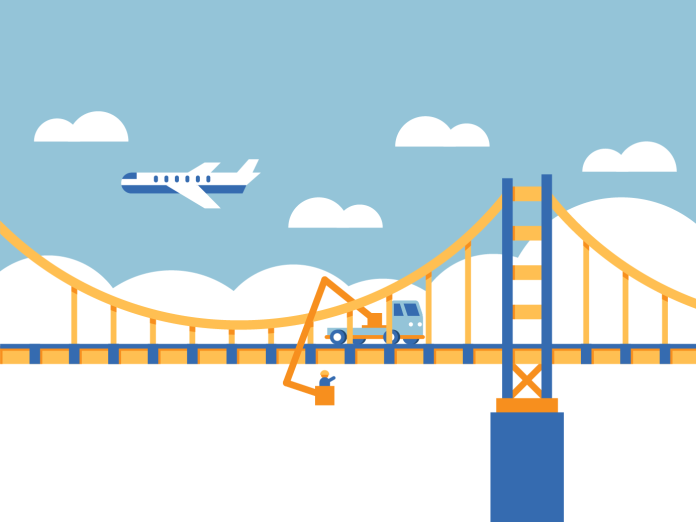Bridges form an important part of the economy of any country, including India and act as a foundation for the development of infrastructure. With many new bridges to be constructed and various prevailing bridges to be renewed, retrofitted, and repaired in a whole country, it is critical to study a bridge engineering course. Various country institutes provide such courses, including Bridge Design Course Hyderabad.
This course of bridge engineering has a primary aim of gaining knowledge about the development of engineering mechanics principles, analysis methodologies, construction, load transfer mechanisms, retrofit strategies, design principles, repair, damage mechanics, inspection, maintenance, and failure mechanisms in the domain of bridge engineering. Moreover, the advanced topics in this domain of bridge engineering are fracture and fatigue in bridges, the use of SMA (Shape Memory Alloys) and a particular concrete for bridge repairing, high-speed bridges for railways, and 3D painting of bridge models all are discussed in these courses.
So, it will be better for you to Learn Bridge Engineering Courses In Delhi if you are interested in such a domain. After completing the course successfully, the learners will be capable of preparing themselves with a basic concept, get a piece of in-depth knowledge on the design and analysis of many kinds of bridges, get a concept about field construction, maintenance, inspection, improvement, and rehabilitation procedures of bridges and infer the new trends of world in the field of bridge engineering.
What Will You Learn?
The course on Bridge Engineering will assist the students and learners in understanding the basics of bridge construction, its various aspects of design, the design of the structural bridge, and various elements that influence the bridge configuration. This course will enable you to get an in-depth understanding of the given below topics:
- Composition pattern for flyovers and bridges utilizing the STAAD.Pro software.
- Construct roots for high bridges, metro stations, and other configurations using STAAD.Pro.
- Procedures to establish ports, superstructure for bridges and steel.
- Understanding the LUSAS technology required to establish pre-stressed definite superstructures and strengthened cement adhesive.
- Achievement of seismic layout and inquiry of bridges with the assistance of STAAD.Pro, along with inferring the efficiency of configurations utilizing the applicable formulas.
- Evaluating an organization within the proportion of structural composition.
- Achievement of better structural techniques and several techniques to survey bridge aspects, including its suspension, beams, cable-stayed, pre-stressed, tied arch and arch.
Skills You Will Gain
A few of the high-rated skills that you will get after getting registered in these courses are as follows:
- Design of RCC and PSC superstructure by LUSAS.
- Analysis and designing of various structures by using various software of bridge design such as STAAD.PRO.
- Many directions and elements of designing bridges and various aspects that have an impact on the process of construction.
Job opportunities
If you are interested in these fields, you can make a great career in these domains. The various jobs provided in this field are as follows:
- Design engineer for the department of bridges in large MNCs
- Assistant bridge engineer who will work for big consultancies of national and international importance.
• Jobs in many consultancies like WSP, Atkins, Arcadia, COWI, etc.
FAQ:
1. What is bridge engineering?
Bridge engineering is the design and construction of bridges to support transportation infrastructure.
2. What are the different types of bridges?
Several types of bridges include suspension, cable-stayed, beam, arch, and truss bridges.
3. What factors are considered in bridge engineering?
Bridge engineers consider factors such as the weight of vehicles and pedestrians, the span of the bridge, the strength of materials used, and the environmental conditions of the bridge location.
4. How are bridges maintained?
Bridges are maintained through regular inspections, repairs, and upgrades to ensure their safety and functionality.
5. What are some famous bridges around the world?
Some famous bridges include the Golden Gate Bridge in San Francisco, California, the Tower Bridge in London, England, and the Sydney Harbour Bridge in Sydney, Australia.






